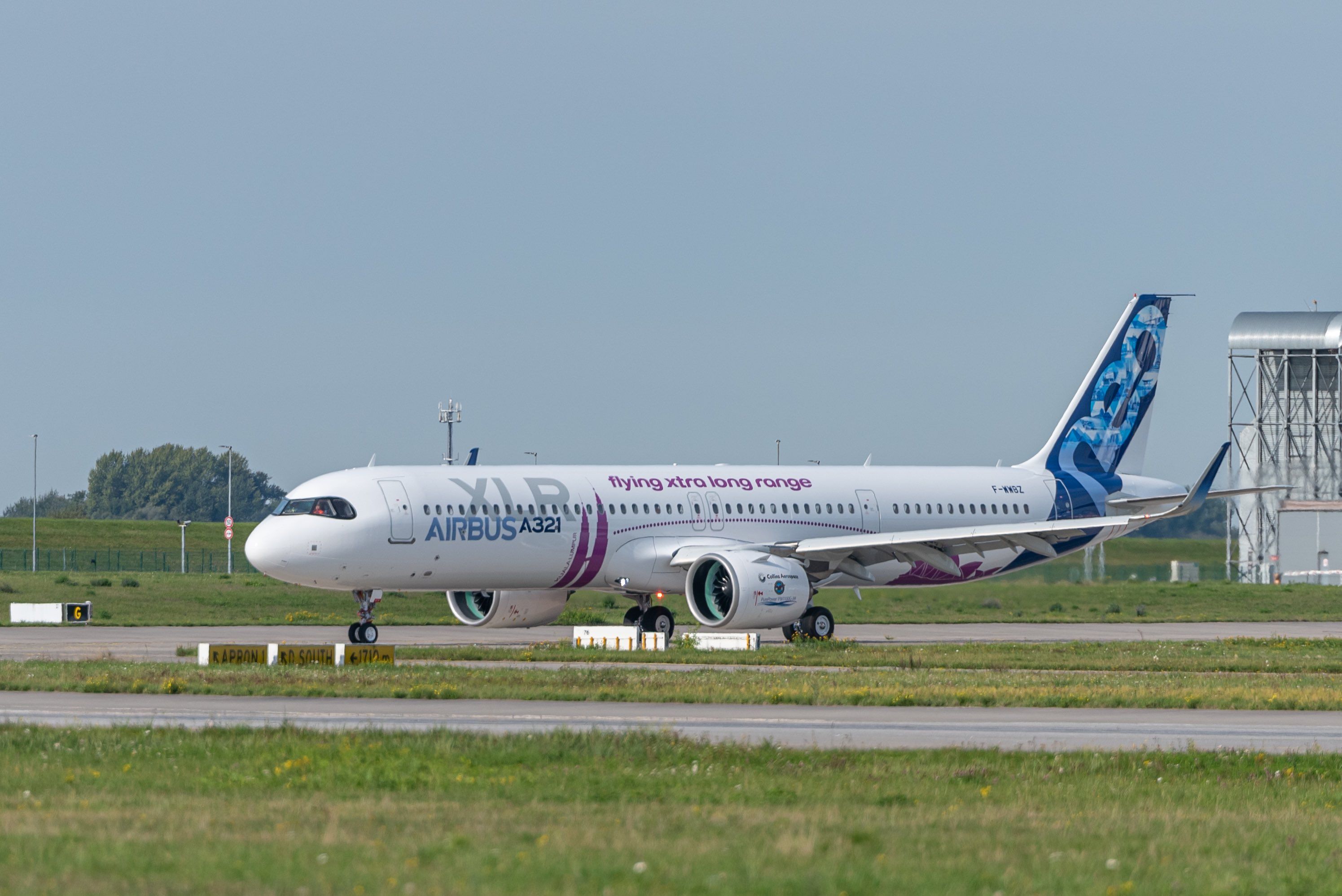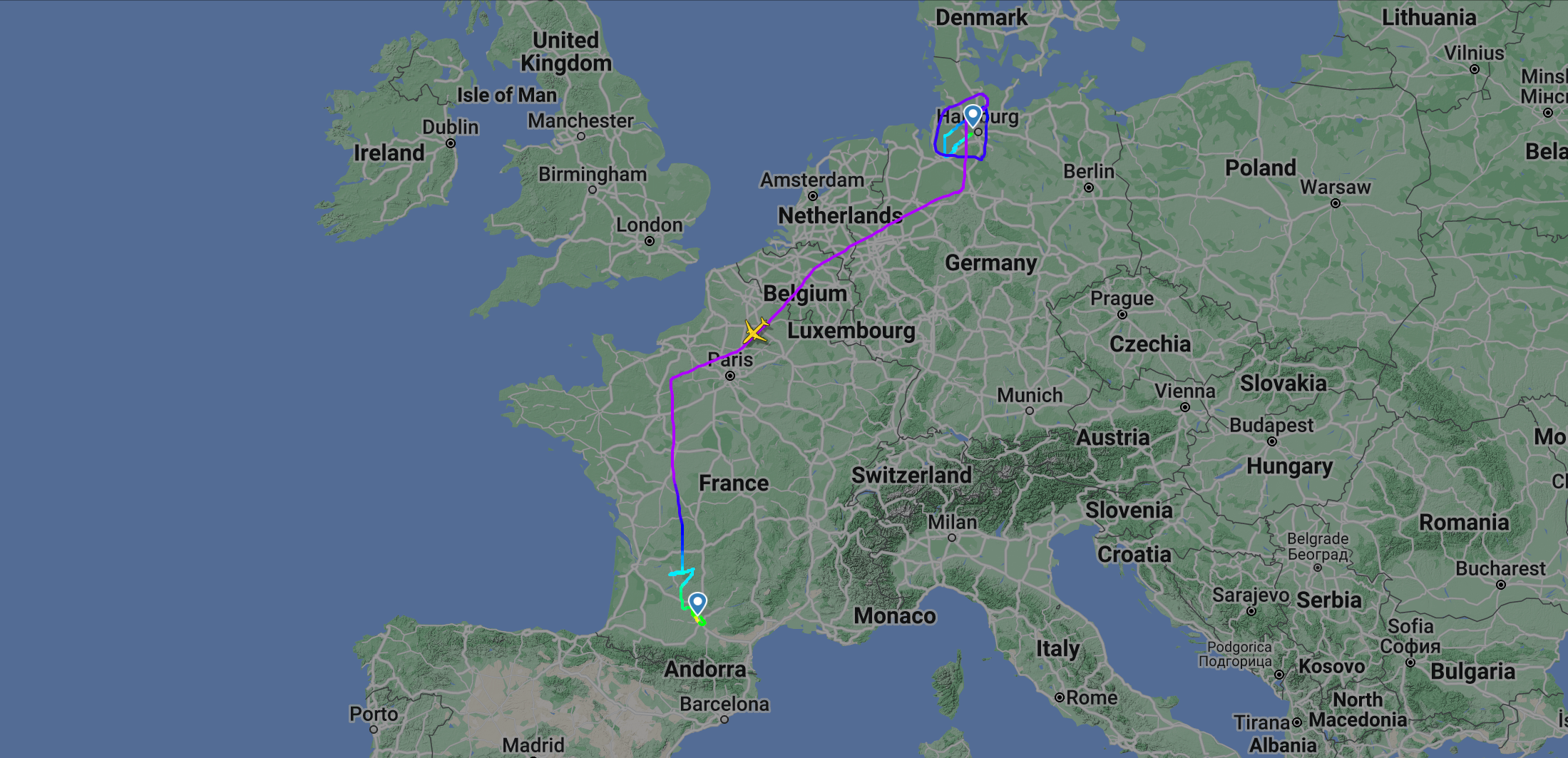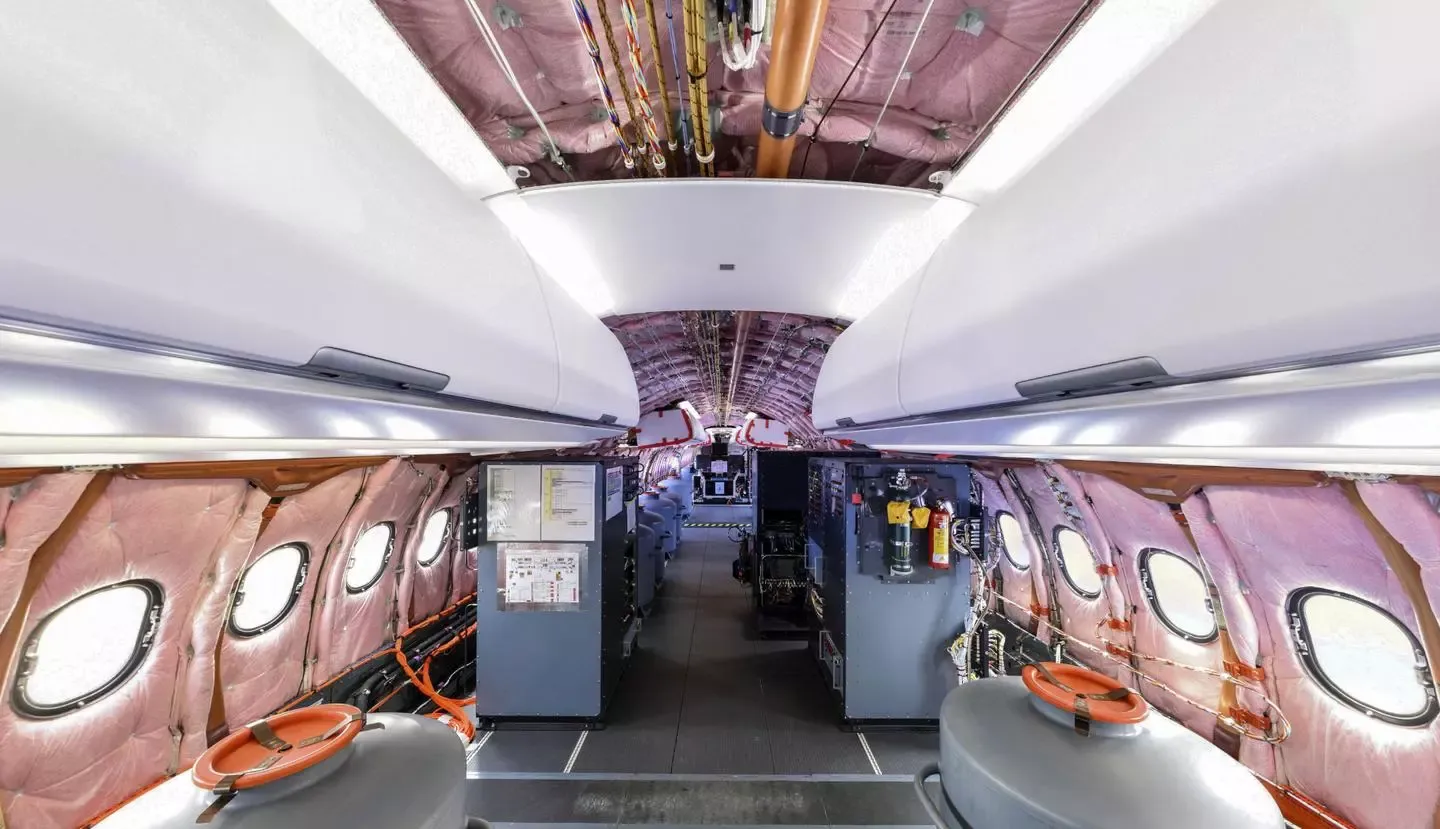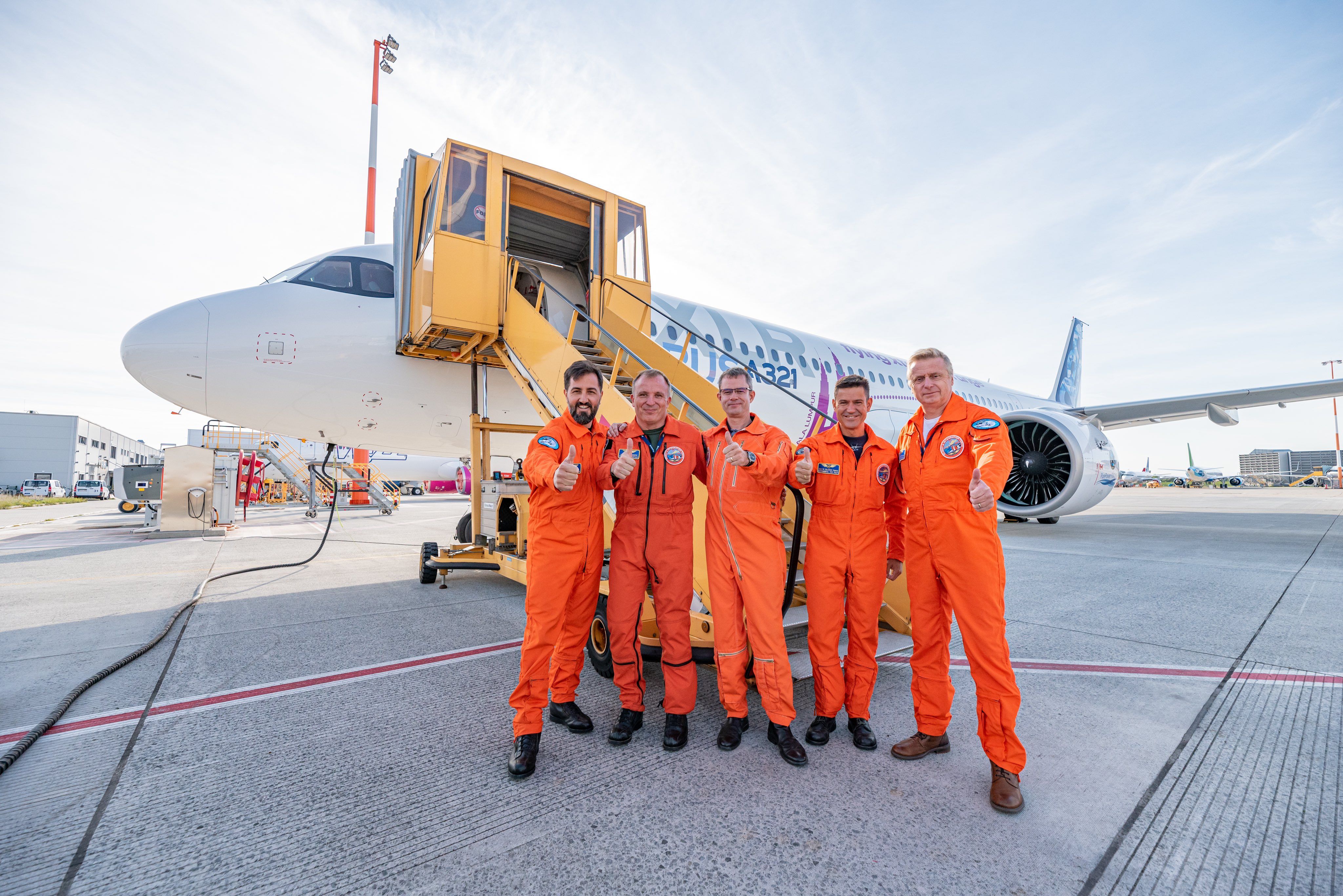The second test prototype for Airbus' upcoming A321XLR has taken to the skies. The aircraft is the first to feature the new Pratt & Whitney engines and follows the successful first test flight of the type in June.
Recent progress
The aircraft was spotted last month with the new engines installed and has now been updated with a fresh coat of paint as it begins the testing process. The first flight of the new prototype, which has manufacturer serial number (MSN) 11080 and is registered F-WWBZ, departed Hamburg-Finkenwerder at 11:00 am on Friday, September 23rd. The aircraft completed routine tests and checks over northern Germany before heading to Toulouse, where it arrived after a 3-hour and 46-minute flight.
The latest prototype is one of four test aircraft that Airbus aims to have in the air by the end of the year. The aircraft manufacturer is completing three all-new XLR builds and an upgraded regular A321neo (MSN 6839). Gary O'Donnell, Head of the A321XLR program at Airbus, previewed what lies ahead in the run-up towards Type Certification:
“Up until the end of this year, our focus is on completing the construction and then obtaining flight clearance for the remaining flight test aircraft. By the fourth quarter of this year, the three aircraft will be flying actively and we will have achieved a high level of production maturity.”
“The completion of these activities and submission of all the final documents around the end of next year to the airworthiness authorities will allow us to validate and certify the complete aircraft. This will enable us to deliver to the airlines what they need on day one when the A321XLR enters service in 2024.”
What needs to be tested?
The upcoming ultra-long-range type will have two different powerplants, with Airbus conducting parallel, rather than a sequential, certification of the A321XLR with each engine option. The initial prototype was fitted with CFM LEAP-1A engines and has been operating test flights since June.
The new prototype is the first to feature the Pratt & Whitney PW1100G engine option. However, most of the upcoming testing can be performed by either aircraft. For example, there are over 100 flights required to evaluate the A321XLR's handling qualities, and only a few of these tests are specific to the engine type.
Notable flight-physics-related changes on the XLR (compared with the current edition A321neo) include a single-slotted inboard flap system that replaces the double-slotted inboard flap of the original A321's wing, an electronically signaled "e-Rudder," and changes to landing gear, wheels, and brakes.
Find the top 10 facts you need to know about the Airbus A321XLR here.
Both new-build A321XLR test aircraft are equipped with the full suite of flight-test instrumentation and interactive engineer stations. The aircraft is also equipped with a complex water ballast system to simulate varying weight combinations of passengers and cargo. Head of flight tests at Airbus, Jean-Philippe Cottet, elaborated on the testing requirements specific to the type:
“In order to become a long-range aircraft, the A321XLR needs to carry more fuel, which means increasing the A321’s maximum take-off weight. In turn, this requires uprated landing gear and braking systems. However, since we are keeping the engine thrust unchanged, we have made some aerodynamic changes to retain our desired take-off performance."
"This has driven the physical modifications to the high-lift system – the slats and flaps – as well as reprogramming of the flight control system, all of which needs to be flight-tested and certified.”
What is next for the program?
Since it was announced at the 53rd Paris Air Show in 2019, Airbus has accumulated more than 500 orders from over 20 customers worldwide. Carriers, including Qantas, Wizz Air, and Air Canada, have already made commitments to order the type, while American Airlines and United Airlines have ordered 50 of the type each.
The single-aisle, narrowbody aircraft will hold between 180 and 200 passengers in a typical two-class capacity and boast the furthest range of any narrowbody aircraft. It will have a range of up to 8,700 kilometers or 4,700 NM, besting the current long-range Airbus A320 family record holder, the Airbus A321LR, by 1,600 kilometers, or 700 NM.
The improved economics are expected to open up new routes for airlines worldwide when the type enters production in 2024.
The new aircraft with be the home of the recently announced American Airlines flagship seats. The new product will debut on deliveries of the A321XLR and Boeing 787-9 Dreamliners from 2024.





